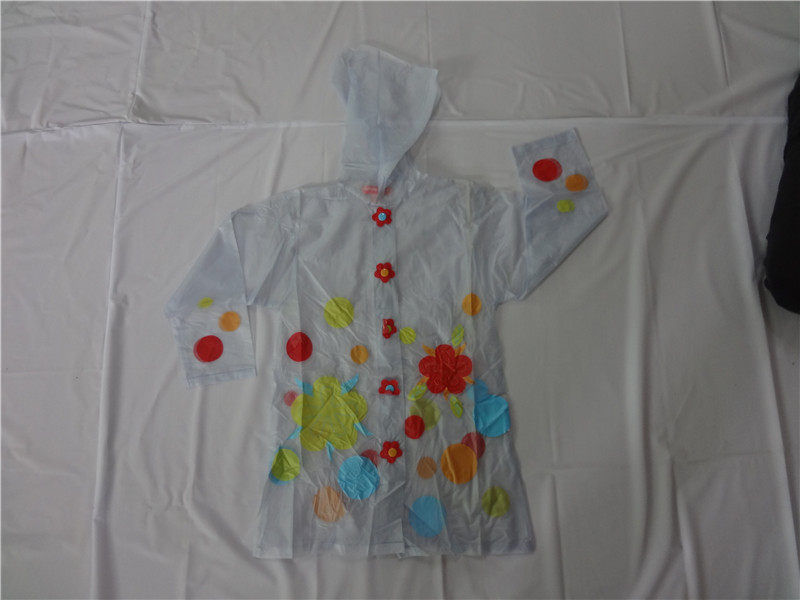Dec . 10, 2024 02:59 Back to list
Top Workshop Apron Producers for Quality and Durability in 2023
The Craft of Workshop Apron Manufacturing A Blend of Tradition and Innovation
In the ever-evolving landscape of the textile and apparel industry, workshop aprons have carved a niche that marries function with style. Designed to protect artisans and workers from dirt and stains while enabling freedom of movement, workshop aprons have a long-standing presence in the realms of workshops, studios, and even kitchens. The manufacturers of these essential garments continue to innovate, improving materials and designs to meet the changing demands of professionals worldwide.
Understanding Workshop Aprons
Workshop aprons are versatile and practical garments used across various professions, including woodworking, metalworking, culinary arts, and crafting. These aprons serve multiple purposes they protect clothing from spills, offer storage solutions with pockets for tools and materials, and enhance the wearer’s overall comfort and functionality during work. Given this multifunctionality, the demand for high-quality workshop aprons has surged.
The Manufacturing Process
The manufacturing of workshop aprons involves several critical stages, each playing a vital role in the final product's quality and usability. The process can be broadly divided into the following steps
1. Design and Development The journey begins with design. Manufacturers work closely with industry professionals to understand their needs. Factors such as fabric choice, style, length, and pocket configurations are all tailored based on user feedback. Emerging trends, like sustainable materials and ergonomic designs, are increasingly incorporated into the design phase.
2. Material Selection Choosing the right material is crucial for durability and comfort. Common fabrics include canvas, denim, and leather, each offering distinct benefits. For example, canvas is durable and easy to clean, while leather provides a robust and stylish option. Recently, eco-friendly materials have gained popularity, reflecting a growing consumer preference for sustainable products.
3. Cutting and Sewing Once the design and materials are finalized, the cutting process begins, transforming large rolls of fabric into aprons. Precision is vital here to ensure consistency in sizes and shapes. After cutting, skilled seamstresses sew the pieces together, often reinforcing seams to withstand the rigors of regular use.
4. Quality Control After sewing, aprons undergo rigorous quality control. This step ensures that each product meets the manufacturer's standards for durability, stitching, and functionality. Inspections may involve checks for colorfastness, seam integrity, and pocket usability.
workshop apron manufacturers

5. Market Distribution Once an apron passes quality control, it is packaged and distributed. Manufacturers often sell directly to consumers, retailers, or through online platforms, expanding their reach and making their products accessible to a broader audience.
Innovations in Workshop Aprons
The evolution of workshop aprons has not been limited to traditional designs. Recently, manufacturers have embraced several innovations to enhance functionality
- Modular Designs Some aprons now feature modular components, allowing users to customize their apron based on specific tasks. Removable pockets or attachments tailor the apron to different working conditions, increasing its versatility.
- Smart Fabrics Advancements in textile technology have introduced smart fabrics that offer greater protection and comfort. For example, water-resistant or stain-repellent coatings keep aprons looking fresh, while breathable materials ensure comfort during extended wear.
- Adjustable Features Manufacturers are increasingly designing aprons with adjustable straps and lengths to accommodate a wider range of body types. This inclusivity ensures that all workers can find a comfortable and functional fit.
- Sustainable Practices The growing emphasis on sustainability has prompted many manufacturers to adopt eco-friendly practices in their production processes. From using organic cotton to recycling materials, the industry is moving towards more responsible manufacturing.
Conclusion
As the demand for workshop aprons continues to rise, manufacturers play a crucial role in meeting this need through their commitment to quality and innovation. By combining traditional craftsmanship with modern technology, they create products that not only protect workers but also enhance their work experience. Whether in a bustling kitchen, a crafting studio, or a workshop, the right apron can make all the difference, underscoring the importance of this often-overlooked garment in the professional toolkit. The future of workshop apron manufacturing looks promising, marked by a commitment to quality, sustainability, and adaptability to the needs of modern tradespeople.
-
High-Quality Body Storage Bags – Reliable Manufacturer, Factory & Exporter
NewsJul.08,2025
-
High-Quality PE Cadaver Bag for Pets Reliable Manufacturer & Supplier
NewsJul.08,2025
-
Medical Depot - Leading Medical Depot Factory, Manufacturer & Exporter
NewsJul.08,2025
-
High-Quality Work Raincoat – Reliable Manufacturer & Exporter Direct from Factory
NewsJul.07,2025
-
High-Quality Pet Dead Body Bag - Reliable Manufacturer, Factory & Exporter
NewsJul.07,2025
-
High-Quality Vinly Vest Manufacturer & Exporter Custom Vinly Vest Factory
NewsJul.06,2025





